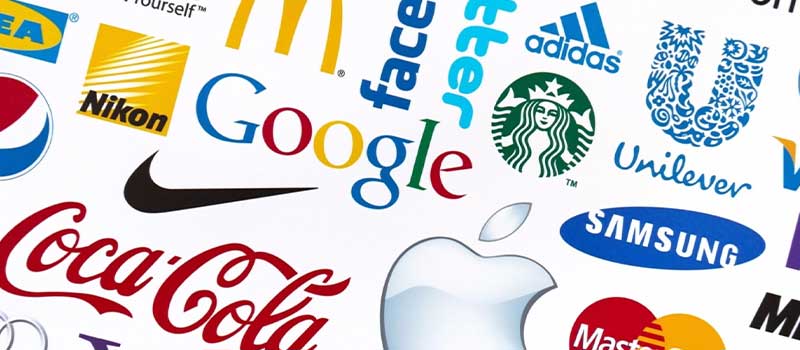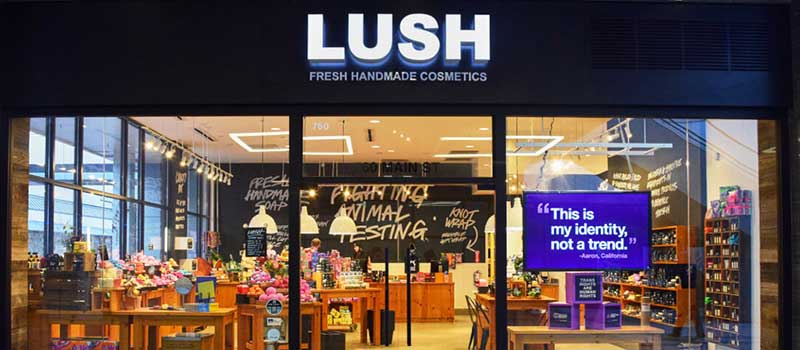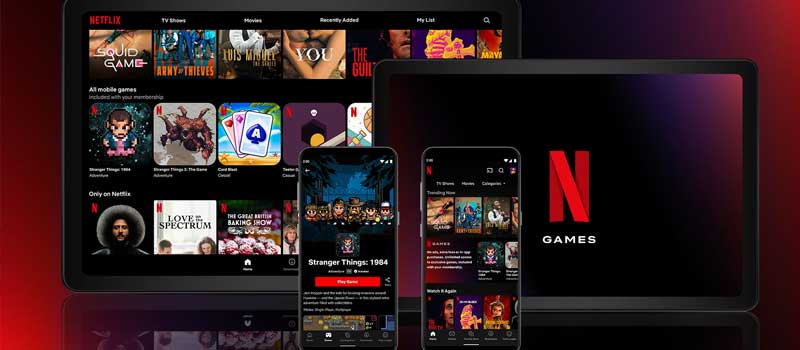Brand assets are vital to brand building.
They are distinct, visual, verbal or sonic cues that can help consumers identify the brand and related experiences.
Nike’s Swoosh
Netflix’s Jingle
Apple’s Logo
Coke’s Contour Bottle
All examples of brand assets that, when seen, immediately relate to the company’s brand and experiences in the audience’s mind.
They all hold a promise to the audience of the wider brand implications.
In this way, they are effectively ever-present sensory cues, guiding consumers back to the experience and availability of the brand.
This guide will explain brand assets and how to leverage them.
We’ll also explore some classic brand asset examples in more detail.
What are Brand Assets?

A brand asset is a resource that reflects the brand identity.
Brand assets are the collection of elements the brand uses to express itself both visually, verbally and audibly.
They are the features brands aim to place in the mind of the audience to trigger brand recognition.
The fact that they are recognizable is what makes them valuable as an ‘asset’!
If a consumer can quickly identify a brand through its brand’s assets, it increases the brand’s presence and chance of purchase in the buying decision.
If the brand assets convey the brand as defined in the strategy, they can immediately evoke the desired feelings the brand wants to associate with.
In other words, if a company name can bring to mind several associated brand assets and, by extension, positive brand experiences, they’re playing their role in the building of the brand effectively.

Since effective branding is about building the desired brand perception in the audience’s mind, brand assets are immensely valuable tools in a brand strategist’s arsenal.
Brand assets include:
Brand Name
Logo
Color Palette
Slogans & Taglines
Songs, Sounds, or Jingles
Typefaces, Fonts, Typography
Mascots
Packaging
Think of any household brand name; you can probably see how they utilize a combination of brand assets to build a distinct, consistent, immediately identifiable brand identity.
Quiz time!
What brand is this?
Golden arches logo with a catchy whistle jungle followed by “I’m Lovin’ It”.
Almost too easy, right?
Mcdonald’s brand asset management is a classic example of how you can build a strong brand over time with the careful, consistent placement of various brand assets, going a long way to develop recognition and customer loyalty.
How to Leverage Brand Assets

Okay, so that’s all well and good, but we can’t all rely on Mcdonald’s-level brand awareness.
However, no matter the size of the company, there are methods to follow to maximize the value of brand assets and extend the reach and efficacy of Marketing efforts.
PRO Brand Strategy BluePrint
Build Brands Like A Pro Brand Strategist

Easy Access

You need to store brand assets in a place where they can be easily found and used.
Anybody tasked with developing brand assets needs access: internal team members, external partners, and other stakeholders.
Remember that a brand needs to be consistent across all consumer touchpoints, so the number of people using the brand logo, will go far beyond the design team creating packaging.
Strong Brand Guidelines

It’s no use sharing access to groups of people if they go off and use brand assets however they wish.
Create rules or best practices for people to follow.
These brand guidelines ensure the consistent use of your brand assets in a way that makes sense to the audience and builds recognition over time.
Many brand strategists even create templates for social media posts or company emails to protect the consistency of the brand.
Store these brand guidelines somewhere easily accessible so that colleagues can refer to them regularly.
That ‘regular’ aspect is crucial as you’ll update brand guidelines as the brand evolves, making it a working document to keep track of.
It’s no use sharing access to groups of people if they go off and use brand assets however they wish.
Create rules or best practices for people to follow.
These brand guidelines ensure the consistent use of your brand assets in a way that makes sense to the audience and builds recognition over time.
Many brand strategists even create templates for social media posts or company emails to protect the consistency of the brand.
Store these brand guidelines somewhere easily accessible so that colleagues can refer to them regularly.
That ‘regular’ aspect is crucial as you’ll update brand guidelines as the brand evolves, making it a working document to keep track of.
Distribute Smartly

This is key for content reuse across all departments.
What good are distinctive brand assets without mobilisation?
From your website to packaging, social media channels to podcasts, your brand assets are akin brand seeds.
Sow your brand seeds and some will spring shoots.
Sow enough of them consistently and some will produce a harvest.
Analyze Content Use

As with all marketing efforts, you should monitor the performance of your brand assets.
This means checking which brand collaterals are most downloaded and utilized, and which assets are underused.
Armed with this knowledge, you can then adjust distribution accordingly by remobilising underused assets or creating different versions on an in-demand asset.
Explore Brand Strategy
Programs & Tools
Types of Brand Assets

Brand assets have evolved somewhat with the advent of the digital media space.
Digital asset management is an extra element added to a brand manager’s role in the last two decades.
In this competitive marketplace where companies are vying for the audience’s attention, how a brand interacts online can become an advantage.
The evolution means we can break down brand assets into further categories:
Social Media Brand Assets

Let’s take the simplified definition of a brand asset as anything that helps the consumer recognize the brand and by extension recall the brand experience.
In that case, social media brand assets are aspects of social media activity that are unique to a brand.
These could be hashtags, reels, images, tone of voice, particular use of color, or any other distinguishing feature that resonates with the audience.

Logos, typography, illustrations, unique calls to action are all examples of assets used on brand’s websites across all markets.
A consistent, idiosyncratic user experience of a website can be a brand asset, especially if it is a positive, distinguishing feature or is unique enough to provide a one-of-a-kind experience.
Apple’s dynamic product pages are a great example of how the slick, sleek web design elements reflect the brand identity.
Brand Assets Examples

Let’s finish up with a few classic examples of well-known brand assets:
Nike’s Swoosh

Clearly one of the most recognizable logos worldwide, Nike’s swoosh immediately brings to mind athletics, sports, and an active lifestyle.
You can probably picture it with the slogan “Just Do It,” perfectly encapsulating the get-up-and-go, dynamic personality of the wider brand elements.
Lush’s Typography

Lush has made its reputation as a forward-thinking, innovative cosmetics company with a personal touch.
That’s why its chosen font is such an apt brand asset.
Immediately distinctive, it is bold, handwritten, and undoubtedly unique, representing Lush’s identity as a fresh brand with a heart truly different from any of its competitors.
Netflix Jingle

The iconic ta-dum that chimes at the beginning of everything you watch is most definitely a valuable brand asset.
It works because it is immediately recognizable to millions of Netflix users and serves as a reminder of the company’s quick, convenient service no matter what you’re watching.
Coca-Cola Contour Bottle

Coke released their iconic contour glass bottle in 1915.
The unique shape was designed from a brief that aimed to produce a unique shape that was distinctive from other bottles, that could be recognizable in the dar or even if it was broken.
in 1977, the bottle qualified for a rare packaging trademark and over 100 years on from it’s design, the Coke bottle has become an iconic brand asset.
Dollar Shave Club Tagline

The Dollar Shave Club burst onto the scene in 2012 with a unique subscription package and a cheeky ad that became a viral sensation.
Their “Shave Time. Shave Money” tagline has become a distinctly recognizable brand asset loaded with the same cheeky brand personality attributes which has been clearly defined in the brand’s strategy.
Over To You
Brand assets are sensory elements of the brand that immediately bring the brand experience top-of-mind for the audience.
Brand assets need to work together consistently across multiple touchpoints to build recognition.
Brand assets contribute toward developing strong customer loyalty.
Distinctive features of a company’s online activity can be a brand asset.
To leverage brand assets in any business, you must allow easy access, create brand guidelines, distribute smartly, and analyze performance. This will ensure consistent use across the company.
On-Demand Digital Program
Brand Master Secrets
Make the transition from hired-gun to highly valued brand strategist in less than 30 days. The systems, frameworks and tools inside this comprehensive program are all you need to level up.








